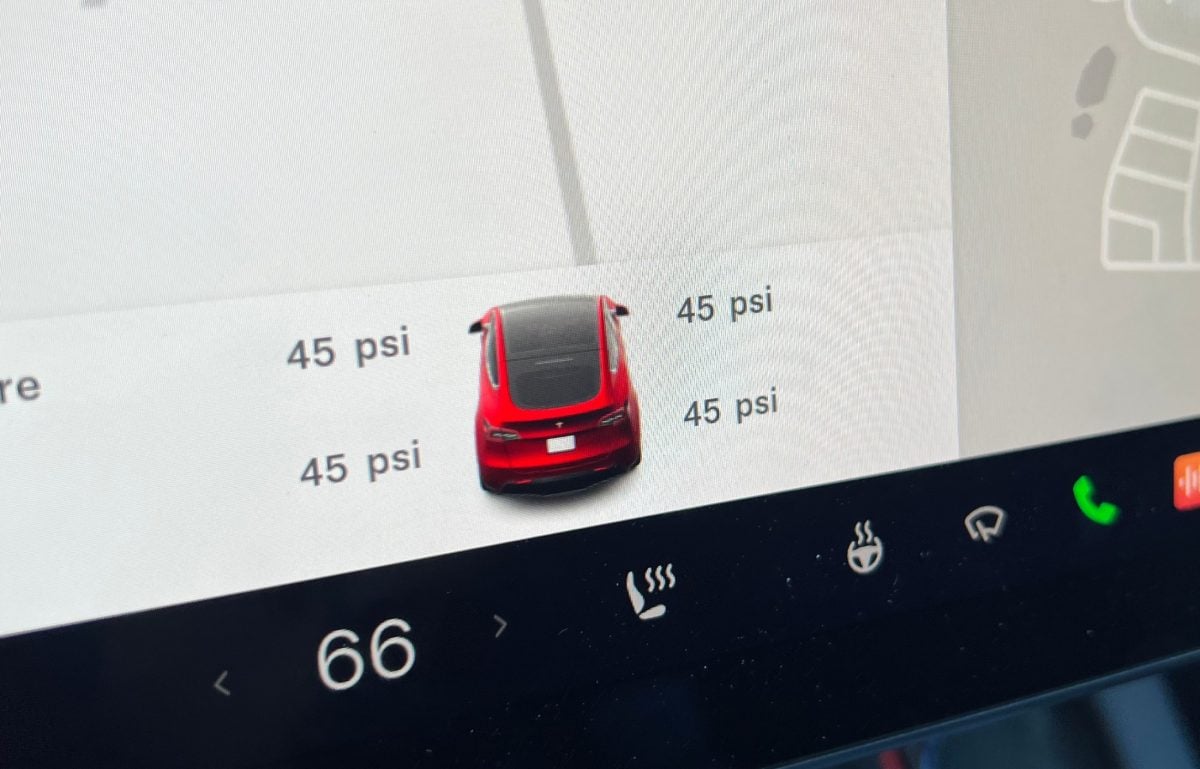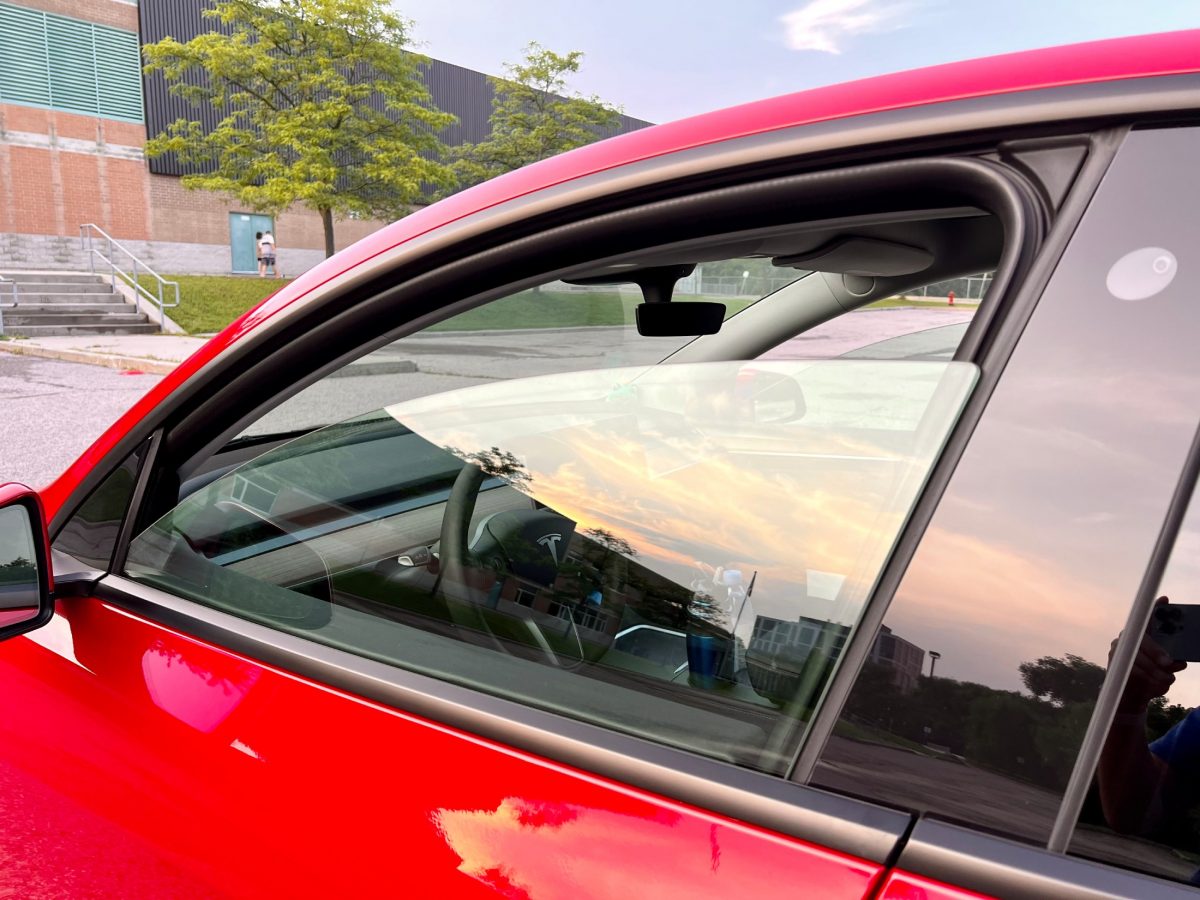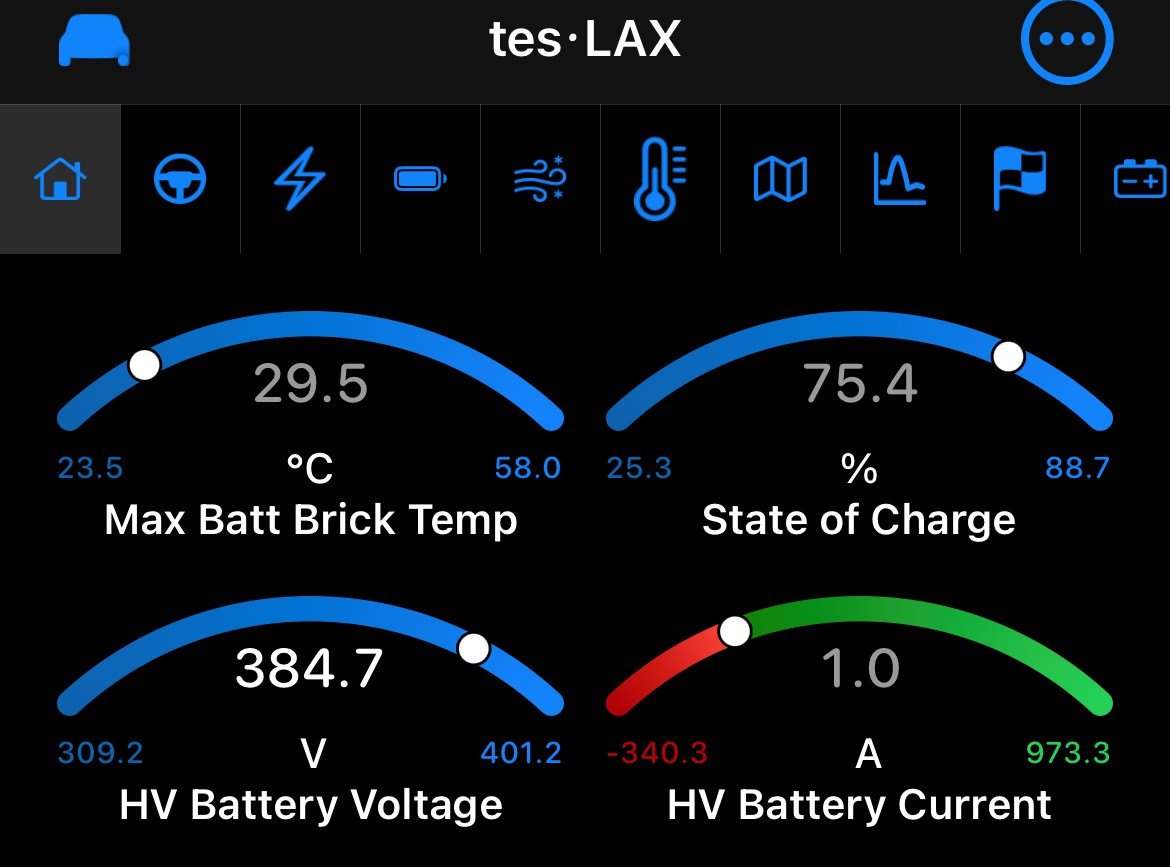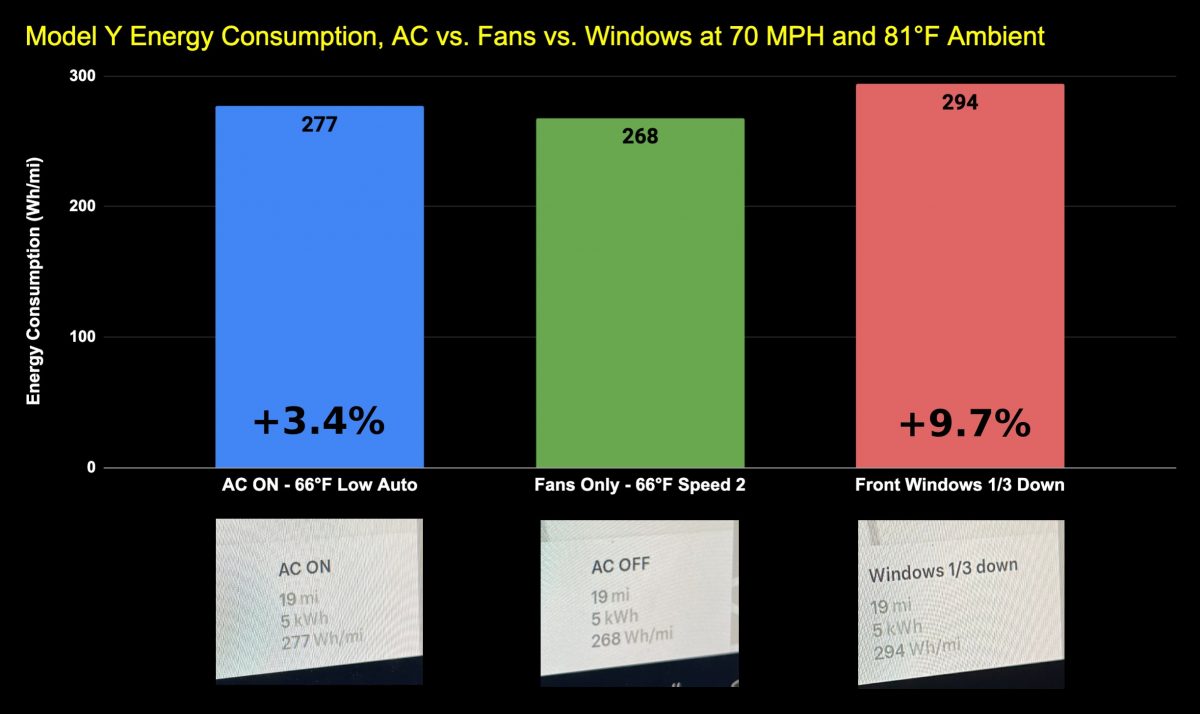With most of the country sitting under some type of heat warning in late July, we decided to revisit Tesla’s impressive HVAC efficiency. We tested the heat pump system last winter, but this time we want to measure the extra energy consumption of cooling the cabin.
Main Findings:
- On our Model Y, running the AC system on Auto Low to maintain 66°F (19°C) increased energy consumption by only +3.4% versus fans only.
- Driving at 70 MPH with two front windows lowered 1/3 increased energy consumption by +9.7% versus the fans-only baseline, and +6.1% versus the AC run.
Roll those windows up if you need the range! - Even with air conditioning running, 277 Wh/mi is still an impressively low summer energy consumption on the highway for a compact SUV.
Test Setup:
- Our test course was a 19-mile highway loop, similar to an average American commute. We measured consumption from onramp to offramp, from standstill to standstill. The same lanes were used.
- The test was performed with the majority of driving at 70 MPH with Autopilot engaged, to reduce human variables.
- 70 MPH was slightly slower than traffic, so there were no drafting benefits on any of the runs.
- We arrived at the test location with the vehicle drivetrain and cabin preconditioned. The tires were already warm and stable at 45 PSI.
- The cabin was pre-cooled with AC prior to measuring the AC run. So the system had to maintain a comfortable temperature rather than cool down a hot cabin.
- It was a dry and partly cloudy 81°F day with a reported 5MPH wind.
Limitations
- Although the same car and same road were used, it took about an hour to capture data for all of the runs. The forecasted wind did not change speed or direction, but we also can’t control the wind.
- We rely on the data reported by the car itself to be accurate.




